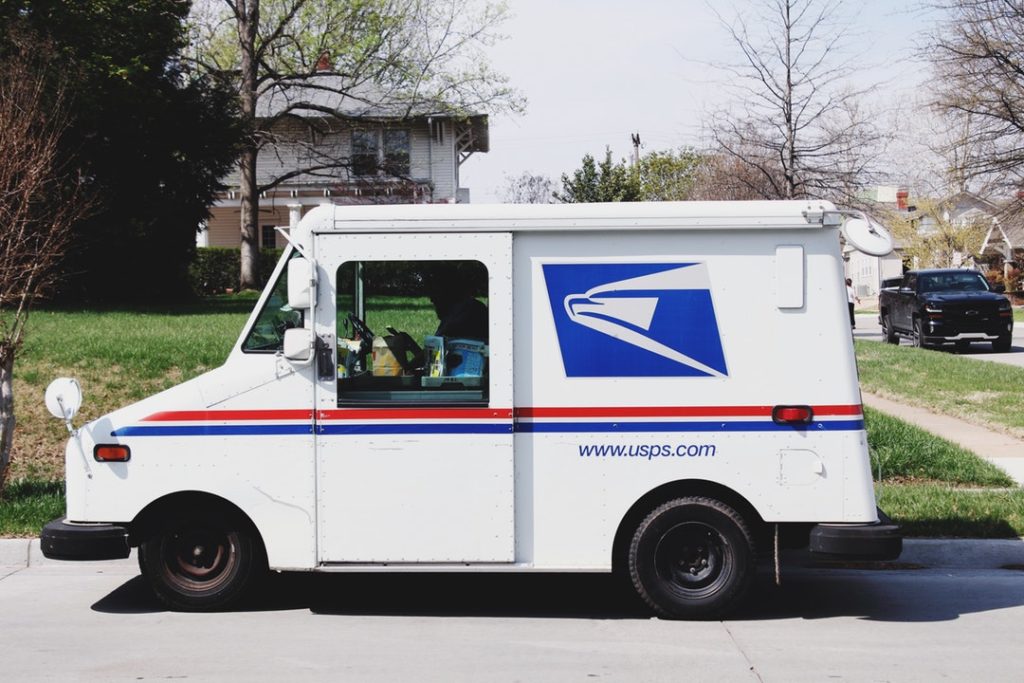Since it was first established in 1775, organizations, businesses and individuals across the US have relied on the US mail service to send and receive items in a secure manner.
And, even in the face of many technological innovations, we all still rely on the United States Postal System (USPS) every day. In 2018 alone, the USPS delivered 146.4 billion pieces of mail.
As a way to provide extra delivery assurance for important mail items, USPS began offering Certified Mail as an additional mailing option in 1955.
But what is Certified Mail? Here we explain everything you need to know to ensure you get the best out of this service.
What Is Certified Mail?
Certified Mail is one of many domestic mail services available in the United States. USPS allot a unique tracking number to each item sent via Certified Mail so the sender can trace it throughout the delivery process.
With the Certified Mail USPS service, the recipient must sign for items received. This serves as a way to confirm delivery.
If the sender has requested it, they will also receive a receipt to confirm delivery. This receipt is legally-recognized as proof of postage.
One thing the Certified Mail service doesn’t guarantee is when the sent item will arrive. But it’s possible to purchase the Certified Mail service for First-Class Mail, First-Class Package Service or Priority Mail. As such, these different services determine how long the certified letter or package will take to reach the recipient.
And, while you can insure items sent via the USPS Registered Mail service, you cannot add insurance to Certified Mail.
How Does Certified Mail Work?
USPS first scan each and every certified letter or package when it is accepted into the mail stream at the post office. The sent item is then tracked continuously as it makes its way through the various USPS mail sorting and automated processing centers.
Finally, the postal worker responsible for delivering your item must scan and track the recipient’s signature, as required upon delivery.
Once the recipient receives and signs for the item, the recipient’s signature stays on file for two years as proof of delivery.
Do You Have to Sign for Certified Mail?
In a word, yes. If there’s no one at home to accept or sign for an item delivered by Certified Mail, the postal worker responsible cannot deliver it.
If you are the recipient and refuse to sign for the item then the postal worker cannot give it to you.
Even if the sender has not requested a Return Receipt Signature, the Certified Mail service requires signed proof that the postal worker responsible delivered the mail item.
And, if the item is not delivered and no one picks the letter up from the local post office, USPS will return the mail item to the sender.
The Different Certified Mail Delivery Options
The various Certified Mail options allow the sender to select whether they want to receive a delivery receipt or not. They can restrict who is able to accept the item.
Here are the different Certified Mail delivery options:
Certified Mail
The standard Certified Mail USPS service provides a unique tracking number which the sender can then check online to confirm that the sent item arrived at its destination.
This information is stored on your secure online account for 10 years, and you can view it on the USPS website for 90 days. Click here to learn more about getting proof of delivery for Certified Mail.
The postal worker responsible for delivering the item can give it to anyone who receives mail at the recipient’s address. This means that the person who signs for the item may not always be the intended recipient.
Certified Mail with Return Receipt
For an extra fee, USPS attach a Return Receipt (also known as a ‘green card’) to the item sent by Certified Mail. The recipient must sign and date the green card, and this is then sent back to the sender via mail.
Certified Mail with Electronic Return Receipt
For an added fee, the postal worker who delivers the Certified Mail item can create an electronic version of the Return Receipt with an image of the recipient’s signature as a PDF document.
This offers a quick and convenient service for businesses to receive delivery confirmations. And, for companies that send a lot of mail, it’s easier to have electronic return receipts on file than to keep track of green cards.
Certified Mail with Return Receipt and Restricted Delivery
This is the strictest Certified Mail option. As well as a Return Receipt, this service reassures the sender that only the recipient or an authorized agent can accept the sent item.
Return Receipt After Mailing Service
If the sender doesn’t select a Return Receipt when posting the item, they have the option of purchasing the Return Receipt After Mailing service within two years of sending an item via Certified Mail.
Who Uses Certified Mail?
Many law firms and government agencies use Certified Mail because of the added reassurance of delivery it provides.
This legally-recognized proof of delivery may be required when sending court papers, contracts or tax audit notifications.
The Restricted Delivery service is also useful for these organizations as a way to guarantee that the addressee has physically received the sent item.
And, as Certified Mail requires a signature on reception, this provides further confirmation. This may be useful in long court cases where the recipient may deny receiving a certified letter or package.
Your Guide to Certified Mail
There are many benefits to sending important items via Certified Mail. As such, it remains a valuable mailing option for those who require the added reassurance of delivery confirmation.
And, thanks to this guide, you should now be able to answer the question, ‘what is Certified Mail?’ with a thorough understanding of the service.
Want to ensure your company email records are as efficient as those provided by Certified Mail? Here’s how to achieve full email arching compliance.









